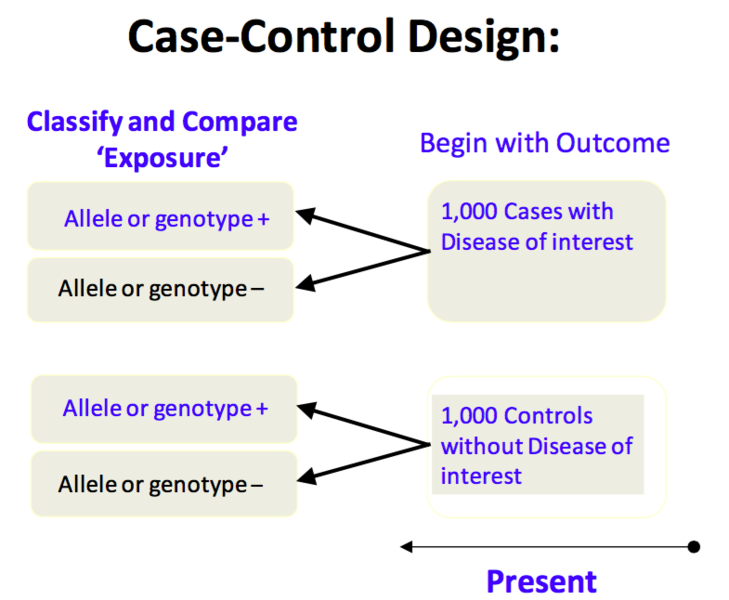

In a cohort study, a researcher begins to study a particular group (such as women) who share a common characteristic. Let us comprehend this through an example. In medical disciplines, a cohort study allows the researcher to comprehend a potential cause of disease. Simply, cohort study relates the life histories of people. In all these disciplines, a cohort is studied with the intention of gaining a unique experience that the individuals underwent. For example, people born in 1991 belong to a single cohort since they share a specific characteristic with others (year of birth).Ĭohort studies are used in various disciplines ranging from social sciences to medicine. This can be an experience that the individuals shared such as exposure to a traumatic event or even a particular year in which the individuals were born, graduated, etc. What is a Cohort Study?Ī cohort refers to a large group of people who share similar characteristics. Through this article let us further examine the differences between a cohort study and a case-control study. One key difference between cohort and case-control study is that the cohort study is prospective while the case-control study is retrospective. On the other hand, a case-control study is a research design used by researchers where the research begins with an outcome to comprehend the cause. A cohort study is a research design where the researcher studies a group of people, also known as a cohort, for a longer period of time. Based on these, the researcher chooses a research design that will be most appropriate for the study. A researcher who is about to conduct a study on a specific field usually has research objectives and questions.

Key Difference – Cohort vs Case-Control StudyĬohort and case-control study are two of the designs used in research between which some difference can be identified. related methods are risk (prospective), relative risk meta-analysis, risk difference meta-analysis and proportionsĬopyright © 2000-2019 StatsDirect Limited, all rights reserved.prone to the bias of change in methods over time.prone to attrition bias (compensate by using person-time methods).may uncover unanticipated associations with outcome.yields true incidence rates and relative risks.The following notes relate cohort to case-control studies: related methods are risk (retrospective), chi-square 2 by 2 test, Fisher's exact test, exact confidence interval for odds ratio, odds ratio meta-analysis and conditional logistic regression.Ĭohort studies are usually but not exclusively prospective, the opposite is true for case-control studies.controls are selected on the basis of not having the outcome.The following notes relate case-control to cohort studies: Prospective investigation is required to make precise estimates of either the incidence of an outcome or the relative risk of an outcome based on exposure.Ĭase-Control studies are usually but not exclusively retrospective, the opposite is true for cohort studies. You should take special care to avoid sources of bias and confounding in retrospective studies. In retrospective studies the odds ratio provides an estimate of relative risk. If the outcome of interest is uncommon, however, the size of prospective investigation required to estimate relative risk is often too large to be feasible. For this reason, retrospective investigations are often criticised. Most sources of error due to confounding and bias are more common in retrospective studies than in prospective studies. Many valuable case-control studies, such as Lane and Claypon's 1926 investigation of risk factors for breast cancer, were retrospective investigations. Prospective studies usually have fewer potential sources of bias and confounding than retrospective studies.Ī retrospective study looks backwards and examines exposures to suspected risk or protection factors in relation to an outcome that is established at the start of the study. All efforts should be made to avoid sources of bias such as the loss of individuals to follow up during the study. The outcome of interest should be common otherwise, the number of outcomes observed will be too small to be statistically meaningful (indistinguishable from those that may have arisen by chance). The study usually involves taking a cohort of subjects and watching them over a long period. Retrospective StudiesĪ prospective study watches for outcomes, such as the development of a disease, during the study period and relates this to other factors such as suspected risk or protection factor(s). Open topic with navigation Prospective vs. Prospective, Retrospective, Case-control, Cohort Studies - StatsDirect


 0 kommentar(er)
0 kommentar(er)
